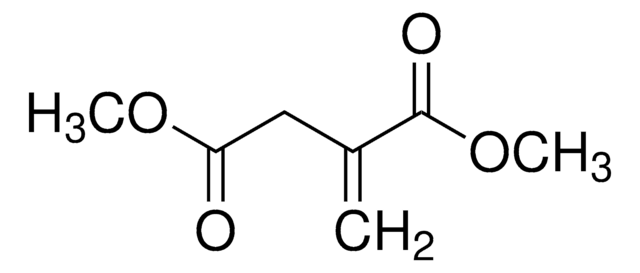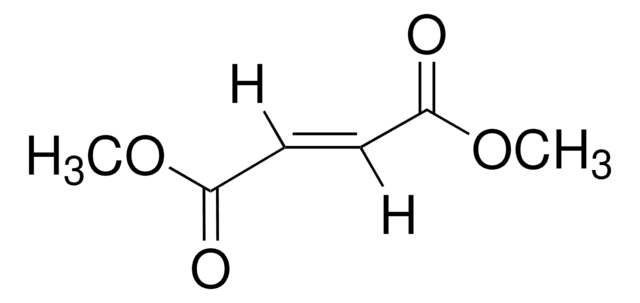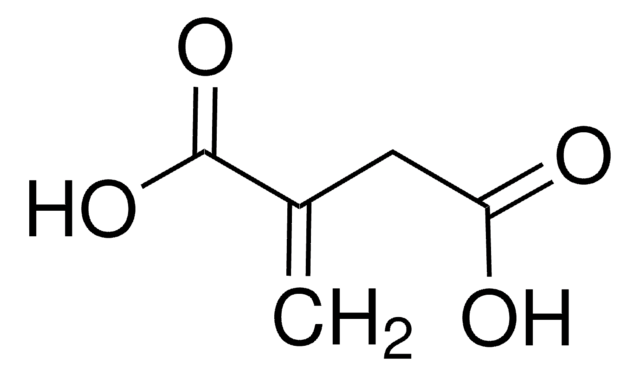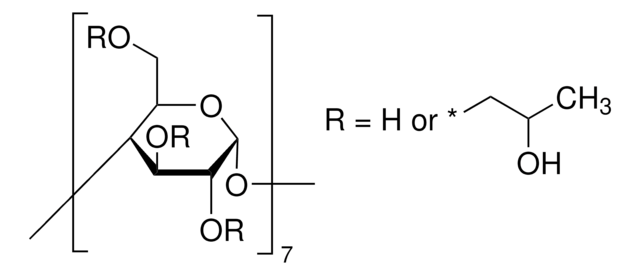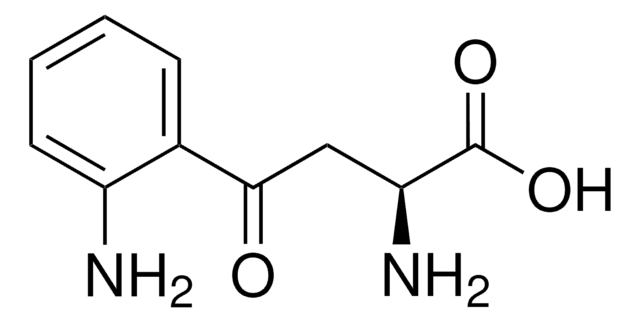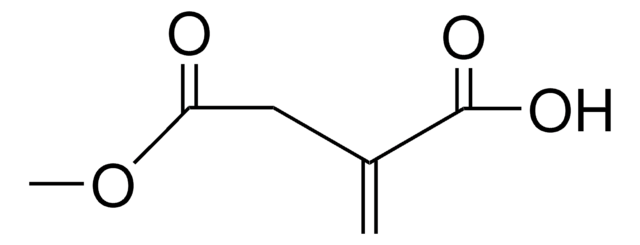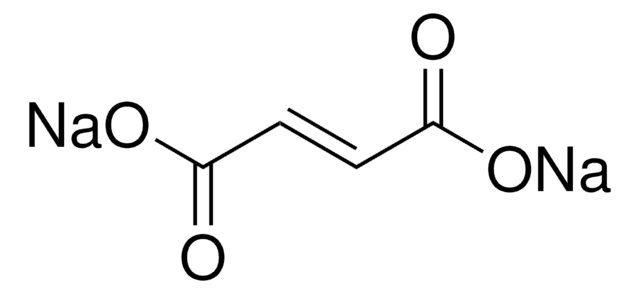SML2338
4-Octyl itaconate
≥98% (HPLC)
Synonyme(s) :
β-Monooctyl itaconate, 3-[(Octan-4-yloxy)carbonyl]but-3-enoate, 4-Octyl methylenesuccinate, n-Octyl 3-carboxy-3-butenoate
About This Item
Produits recommandés
Essai
≥98% (HPLC)
Forme
powder
Conditions de stockage
protect from light
Couleur
white to beige
Solubilité
DMSO: 2 mg/mL, clear
Température de stockage
−20°C
Chaîne SMILES
OC(C(CC(OCCCCCCCC)=O)=C)=O
InChI
1S/C13H22O4/c1-4-6-8-11(7-5-2)17-13(16)10(3)9-12(14)15/h11H,3-9H2,1-2H3,(H,14,15)/p-1
Clé InChI
GIRJEIMINMHXQS-UHFFFAOYSA-M
Application
- to study its anti-inflammatory effects in macrophages
- to treat bone-marrow-derived macrophages (BMDMs) for BMDM stimulation with nuclear factor-erythroid factor 2-related factor 2 (NRF2)-activating carboxylic acid compounds
- to study its effects on collagen1 expression in systemic Sclerosis (SSc) dermal fibroblasts
Actions biochimiques/physiologiques
Code de la classe de stockage
11 - Combustible Solids
Classe de danger pour l'eau (WGK)
WGK 3
Point d'éclair (°F)
Not applicable
Point d'éclair (°C)
Not applicable
Faites votre choix parmi les versions les plus récentes :
Certificats d'analyse (COA)
It looks like we've run into a problem, but you can still download Certificates of Analysis from our Documents section.
Si vous avez besoin d'assistance, veuillez contacter Service Clients
Déjà en possession de ce produit ?
Retrouvez la documentation relative aux produits que vous avez récemment achetés dans la Bibliothèque de documents.
Les clients ont également consulté
Notre équipe de scientifiques dispose d'une expérience dans tous les secteurs de la recherche, notamment en sciences de la vie, science des matériaux, synthèse chimique, chromatographie, analyse et dans de nombreux autres domaines..
Contacter notre Service technique